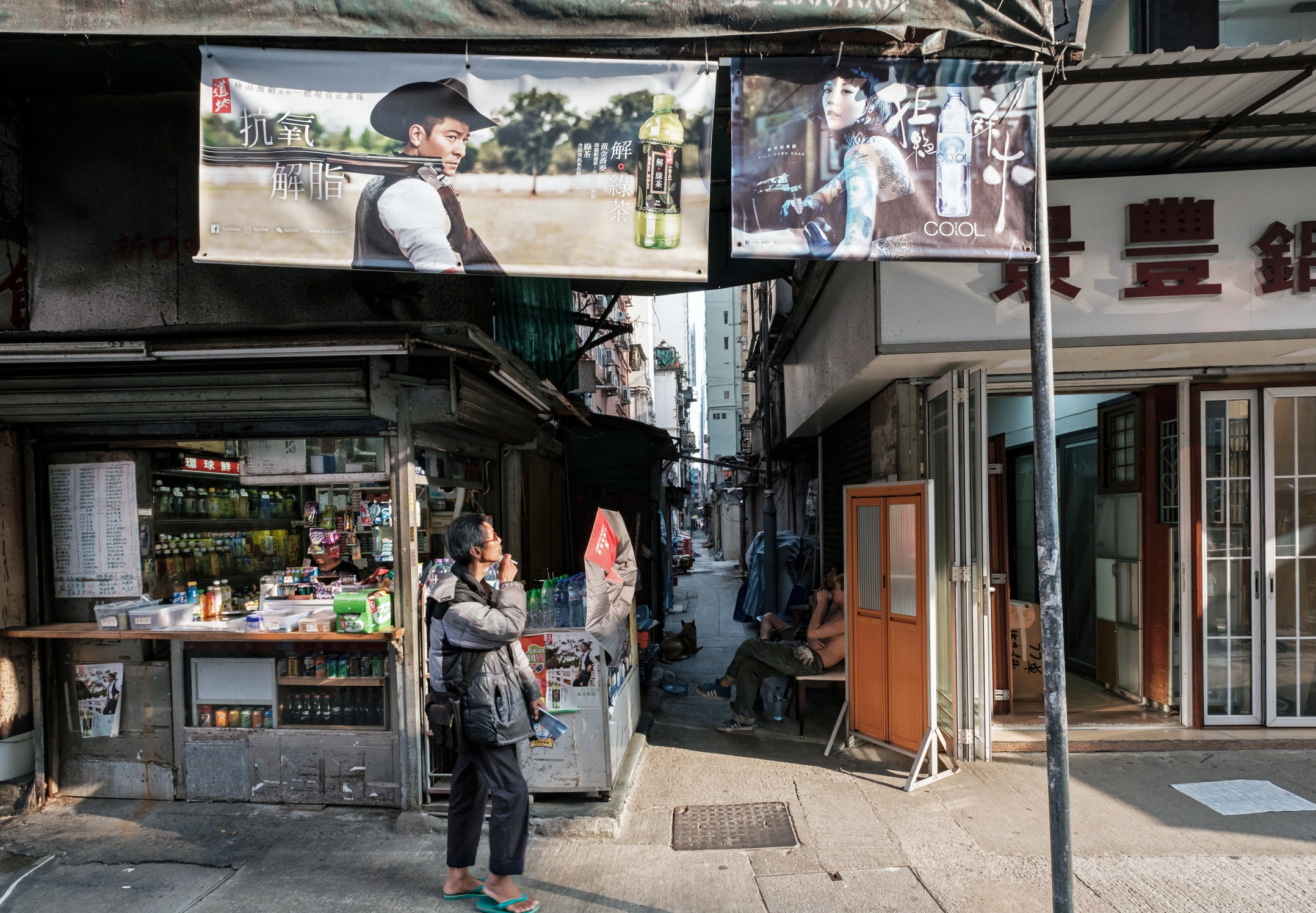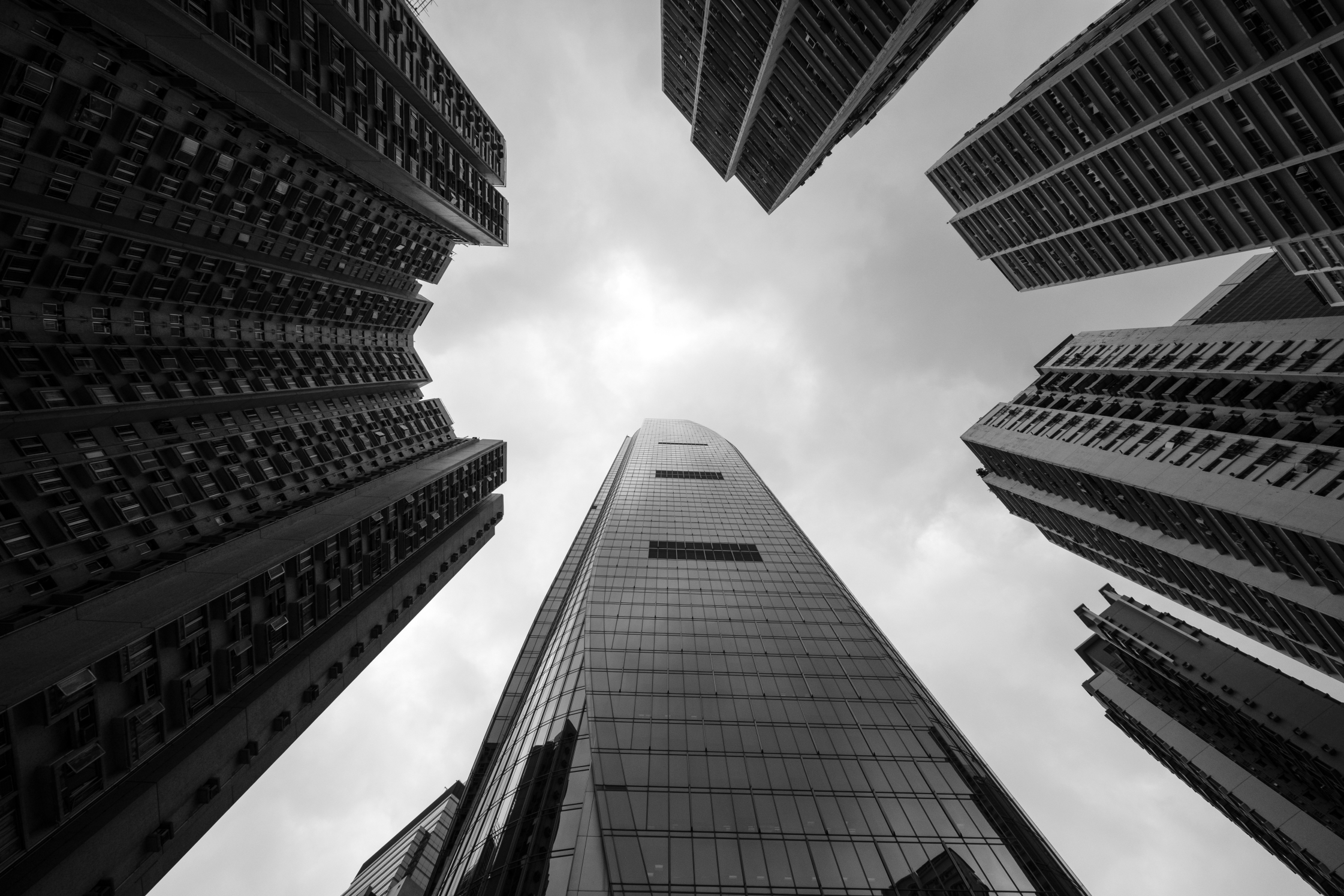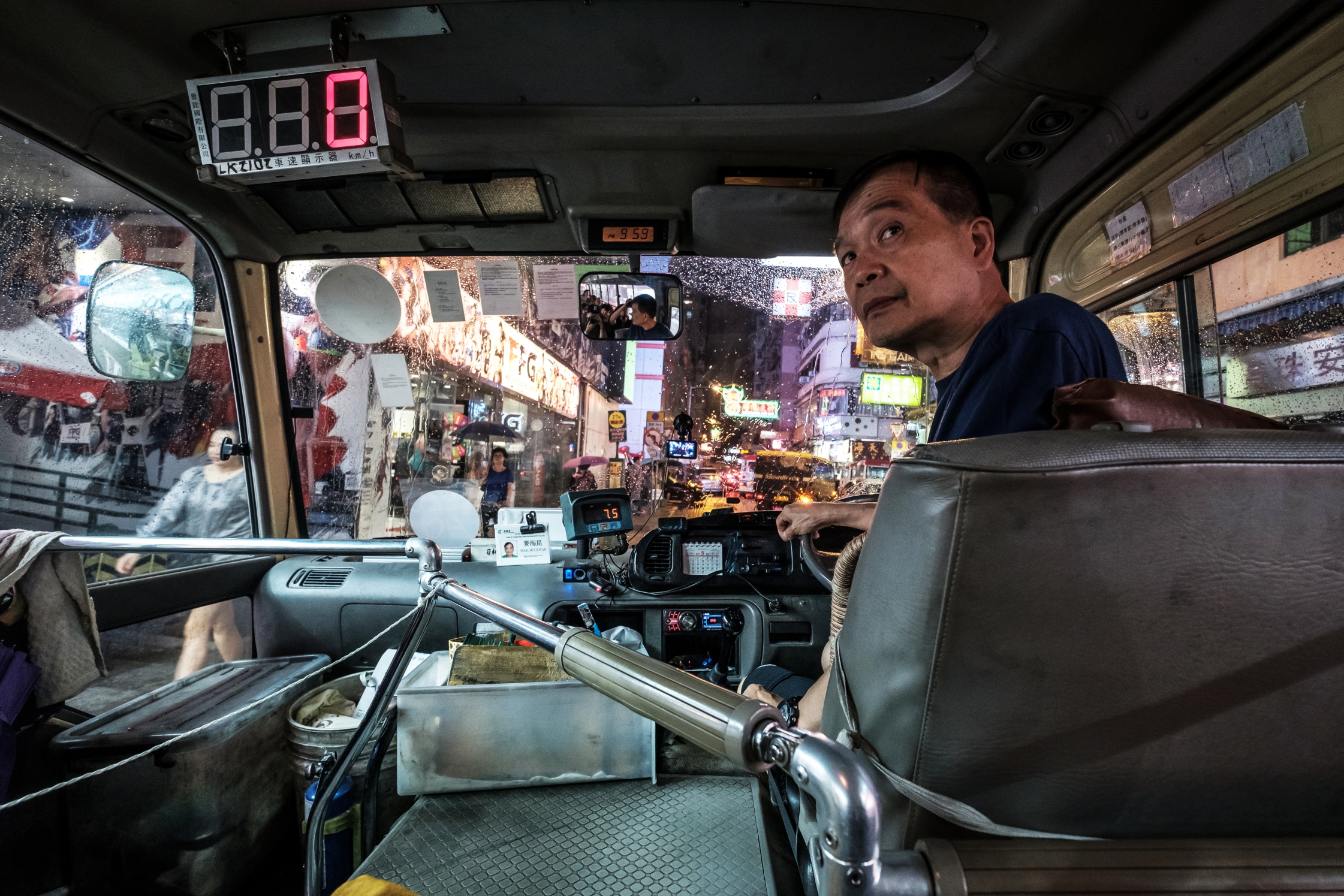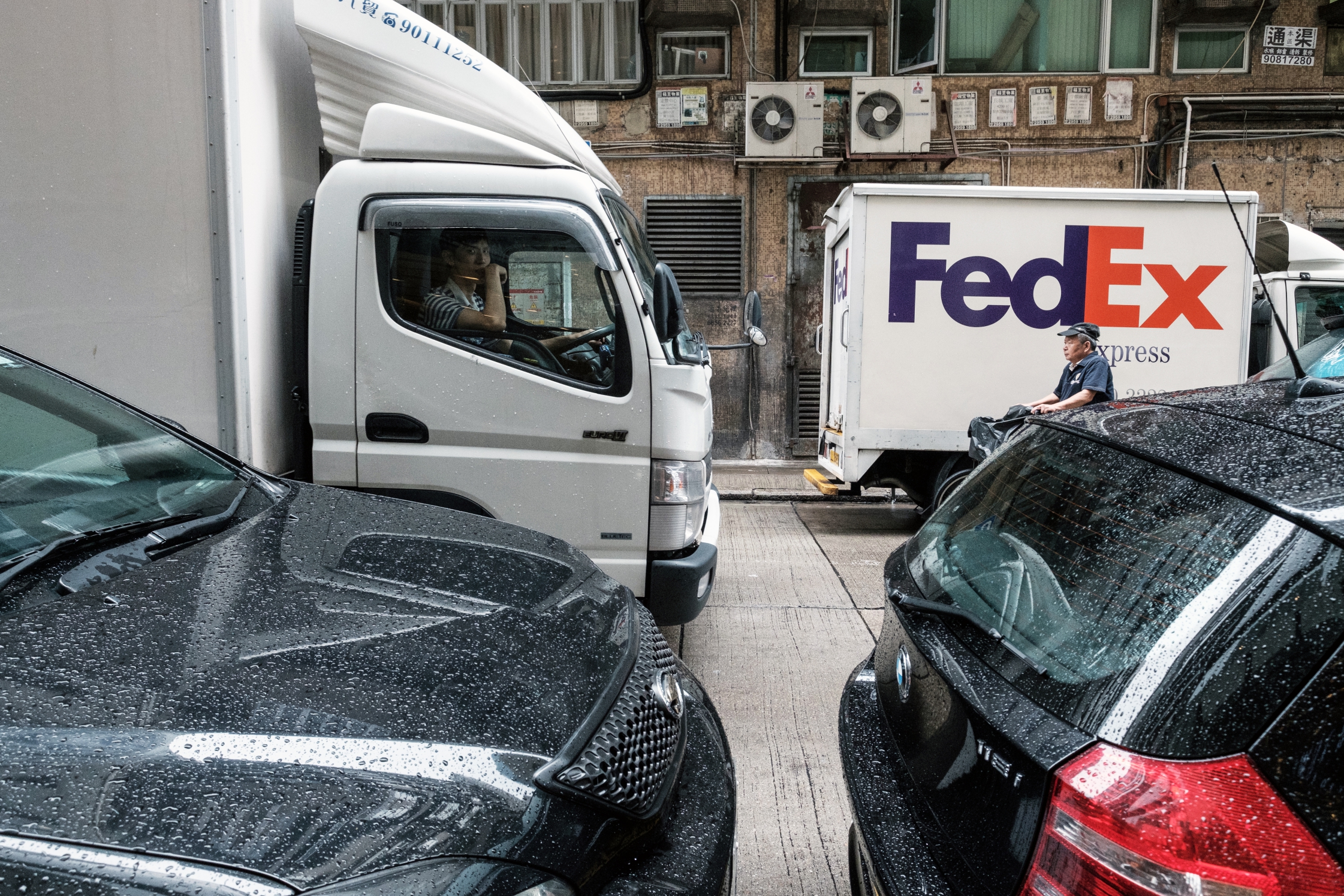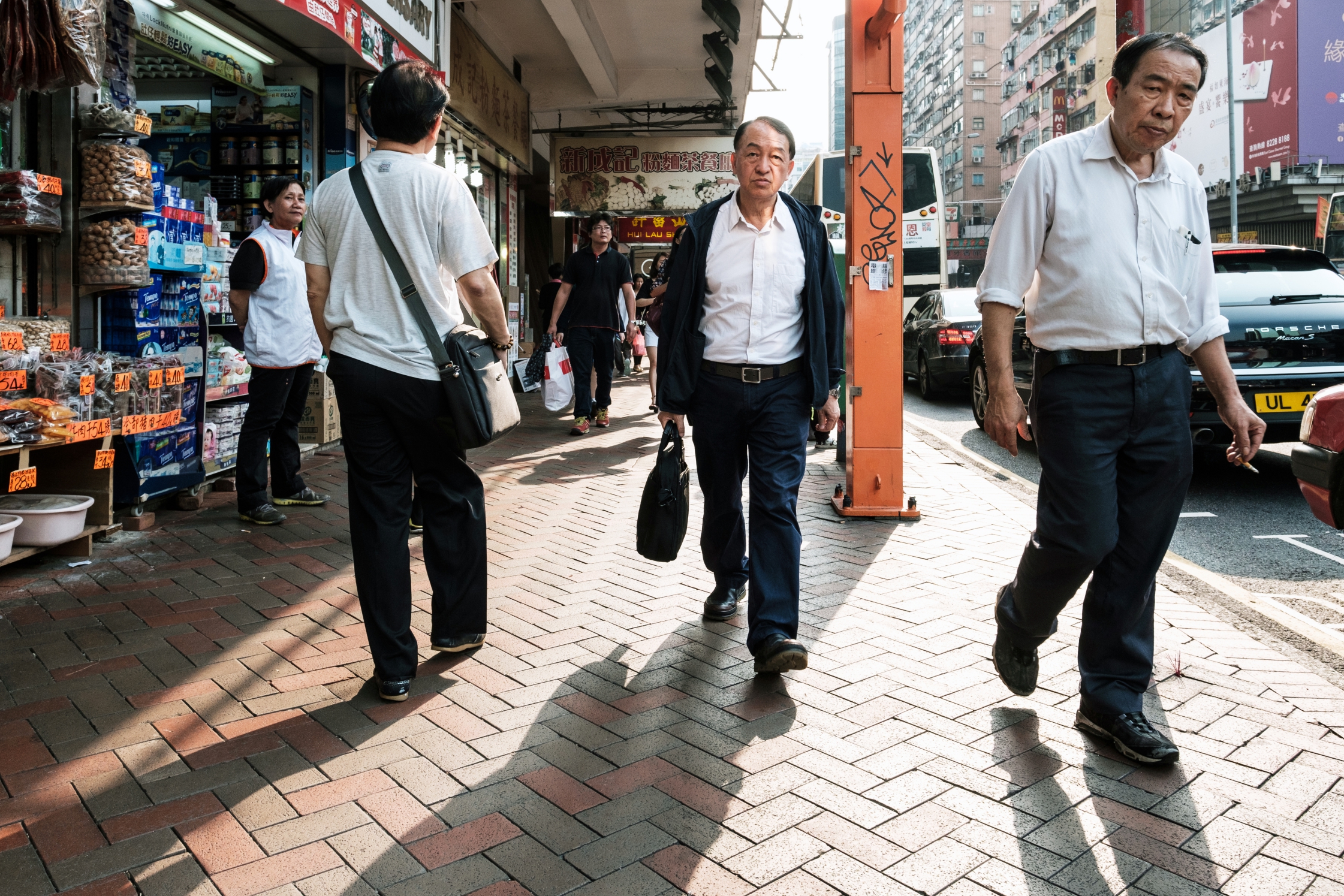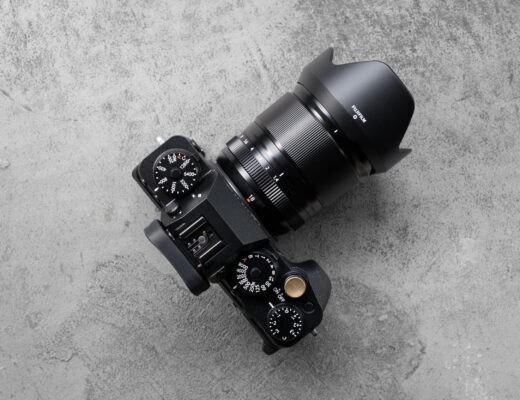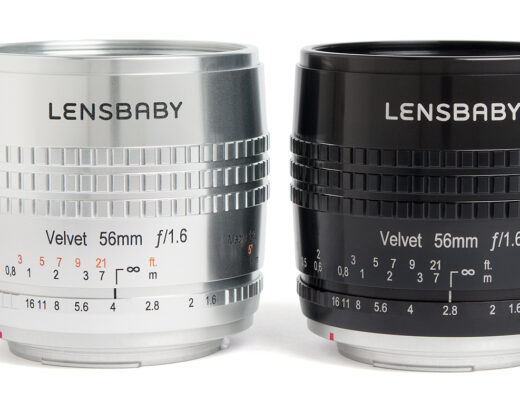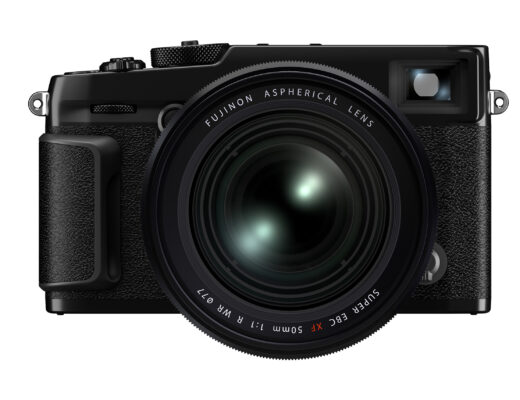I’ve been travelling a lot for work recently, forcing me to refine what I would consider ‘the essentials’. I don’t have time to romanticise my camera equipment. I take what is necessary to get the job done, period. When it comes to my main digital camera, it must be able to take great stills as well as video. For this reason, I decided to bring the Fujifilm X-T2 Graphite Silver as my primary camera, and the X-T20 as my backup and vlogging camera.
The next problem was choosing the right lens. I would always be on the run, so there would be no time to change lenses. If I could only take one lens, which one would it be? Because I was shooting both videos and stills, I needed a lens that was stabilized (thus negating Fujifilm’s prime lenses) and it had to be wide. I decided on the XF10-24mm f/4 R OIS as the best overall lens for my current needs. The lens is wide enough to shoot vlogging style videos (10-14mm), while still having a standard wide focal length for regular videos and street photos (18-24mm).
Now that I have the perfect camera and lens, I was ready to work. However, as I began shooting ultra-wide vlogging videos, I noticed how much I enjoyed the ultra-wide perspective. I typically vlogged at 12mm (18mm equivalent) and found that as long as I was centred in the frame, I wasn’t too distorted. That’s when I decided to try and shoot all my standard images at the ultra-wide focal lengths (10-14mm) as well. Shooting ultra-wide when it comes to architectural and urban landscape images images are easy, since this lens was almost designed to be shot in this manner. In a city like Hong Kong, using the XF10-24mm to shoot buildings is a dream.
How about for street photography? Is ultra-wide recommended? Well, as a general rule, most contemporary street photographers enjoy shooting wide to standard focal lengths (28mm, 35mm, 50mm); although going a bit wider or more telephoto isn’t unheard of. However, I don’t know if anyone recommends shooting street with an ultra-wide lens. First of all, you have to get really close to your subject, something that many of us still struggle with. You also have the problem of having too much stray foreground subjects or objects. Will they complement or distract from your main subject? This can be another challenge. Moreover, it’s not easy to shoot street when going really wide with your focal length…. but it’s not impossible. I thought I would give it a try, even if it meant missing a few great street photo opportunities. Limiting ourselves creates opportunities to discover and grow as a photographer.
The best way to get a great street photo with an ultra-wide lens is by getting close to your subject. As you get closer, you can isolate your subject from the rest of the environment, unless the surroundings also add compositional interest. Just a warning about getting close: the closer you get, the more it exxagerates the subject, or certain features of your subject. This isn’t a portrait lens. The closer you get to your subject, the closer your viewer will feel. Enclosed spaces like a bus or train really helps, and switching to electronic shutter so as to be as discrete as possible is advantageous. Try using the articulating screen to compose down low, and then shoot quietly. Nobody even knows you’re taking pictures.
Another way to shoot ultra-wide on street is to shoot urban landscape style. You basically frame and compose as if you are shooting a landscape photo, but in a urban setting. This becomes difficult since there’s so many stray elements that can find its way into your frame. Also, the people that appear in the image are typically too small to be considered the primary subject of the image. Because of this, their movement or posture must be animated or exaggerated to make the scene interesting. You are still close to your subject, but you have to keep your eyes on a very full and busy scene. This is probably the most difficult way of shooting with an ultra-wide lens for street photography.
In the end, I was pretty happy with my pictures. I spent 75% of my time shooting video and vlogging with this set-up, and the X-T2 and X-T20 with the XF10-24mm lens is a great combination. Instead of switching bodies or lenses, I was quickly able to transition to shooting stills with the same lens, and I kept it at the same ultra-wide focal length instead of zooming out to a more ‘normal’ focal length. This really sped up my workflow. Ideally I would have been happier with the XF 23mm f/2 for street (I did bring it as a back-up lens), but I made the XF10-24mm work. As I mentioned, I enjoy the challenge and I don’t mind failing. I know many of you would never imagine using the XF10-24mm as your primary street photography lens, but think about it for a moment. If you could only have just one lens, this powerful zoom has 4 major prime lens focal lengths: 14mm, 16mm, 18mm, 23mm. If you are a disciplined shooter, set the lens at your desired focal length and pretend you’re shooting with that prime. No the AF won’t be as fast and the IQ won’t be as good as the equivalent prime lens, but this is a very solid zoom lens. It’s very sharp in the middle, it handles flare very well (I never use the hood), CA is non-existent, and it’s built like a tank. The only thing this lens needs is WR and improved image stabilization. If I go on another work trip, I will definitely take the XF10-24mm lens with me as my primary lens, with the XF 23mm f/2 as my backup. Thanks for visiting and happy shooting.


